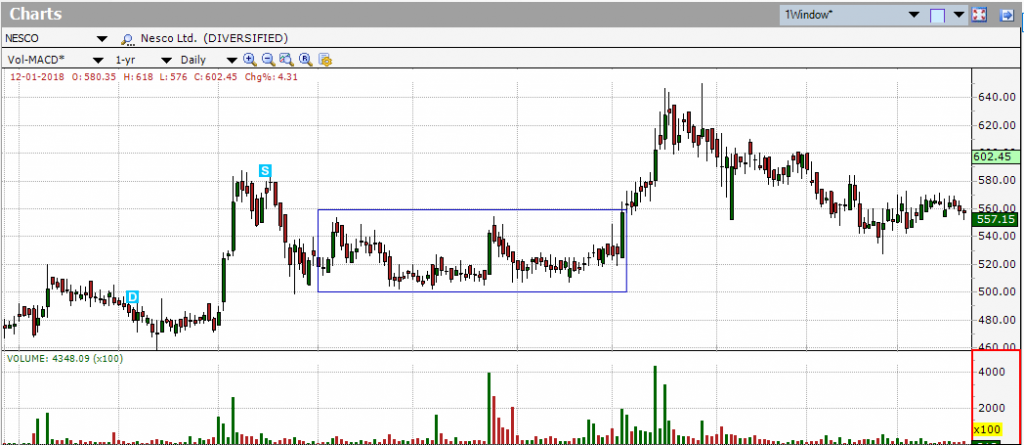What Is the Darvas Box?
The Darvas Box technique was developed by Nicholas Darvas. Nicolas Darvas was a dancer, self-taught investor as well as author. He is best known for his book, “How I Made $2,000,000 in the Stock Market.”
This technology incorporates aspects of technical trading and fundamental trading. As much as anything, Darvas was interested in volume and price in his assessment of potentially profitable stocks in which to invest. It is a technique basically based on 52-week highs and volumes.
It makes use of market momentum concept and technical analysis to determine when to enter and exit the market, also it uses fundamental analysis to determine what to buy or sell. If the price breaks out of the box, it is a sign of a breakout. In this way, the Darvas box helps investors determine what price to enter and exit the market.
How it Works
To implement a Darvas box technique, an investor simply looks at stocks with heavy trading volume and then buys those stocks when they rise above their 52-week highs.
Specifically, the stock’s 52-week high represents the floor of the box. When the stock price reaches a new 52-week high and then falls from that high or at least doesn’t penetrate that high for three days, that new 52-week high becomes the top of the box. The idea is simple: when the stock goes above the top of the box, buy the stock; when the stock goes below the floor of the box, sell it.
Typically, these boxes can be observed to be rising or falling in accordance with the current movement of the equity under study. Each box serves an important purpose, as the bottom portion of the box (in a long trade) or top portion of the box space (in a short trade). It can also be used to form specific stop-loss targets that traders can utilize to minimize their losses and maximize their gains.
Darvas focused greatly on price action during his trading days, but he also focused on finding potential stock candidates where the market was showing the greatest strength. The Darvas box technique is easy to use and relies only on stock prices and trading volumes for buy and sell signals.
The method could be employed using short selling when the boxes are dropping. An entry occurs when the price moves below the lower limit of the box; a stop is placed just above the entry price (in the old box) and then trailed down above the top of new lower boxes.
Most modern-day traders use Darvas Boxes, as they are formed in a manner that is very similar to support and resistance theory. A close with confirmation above or below the top of an existing box can indicate a breakout or breakdown, and hence, the potential for a profitable trade.
Risks using Darvas Theory
During choppy market conditions, the technique is likely to produce many small losses in a row. This is a trend following method, so a trend needs to develop to produce a profit. This method takes a lot of discipline, and a trader can’t get emotionally attached to a stock. Buy and sell when the signals say so.

good